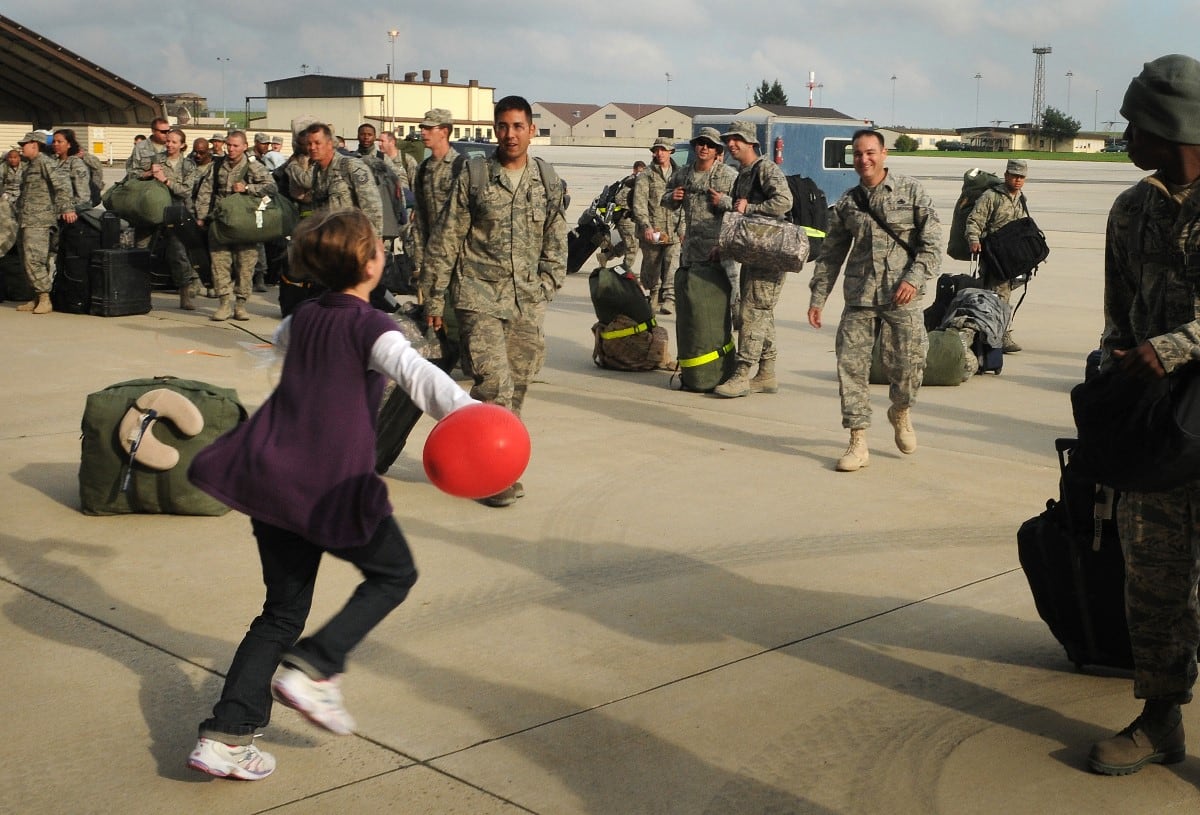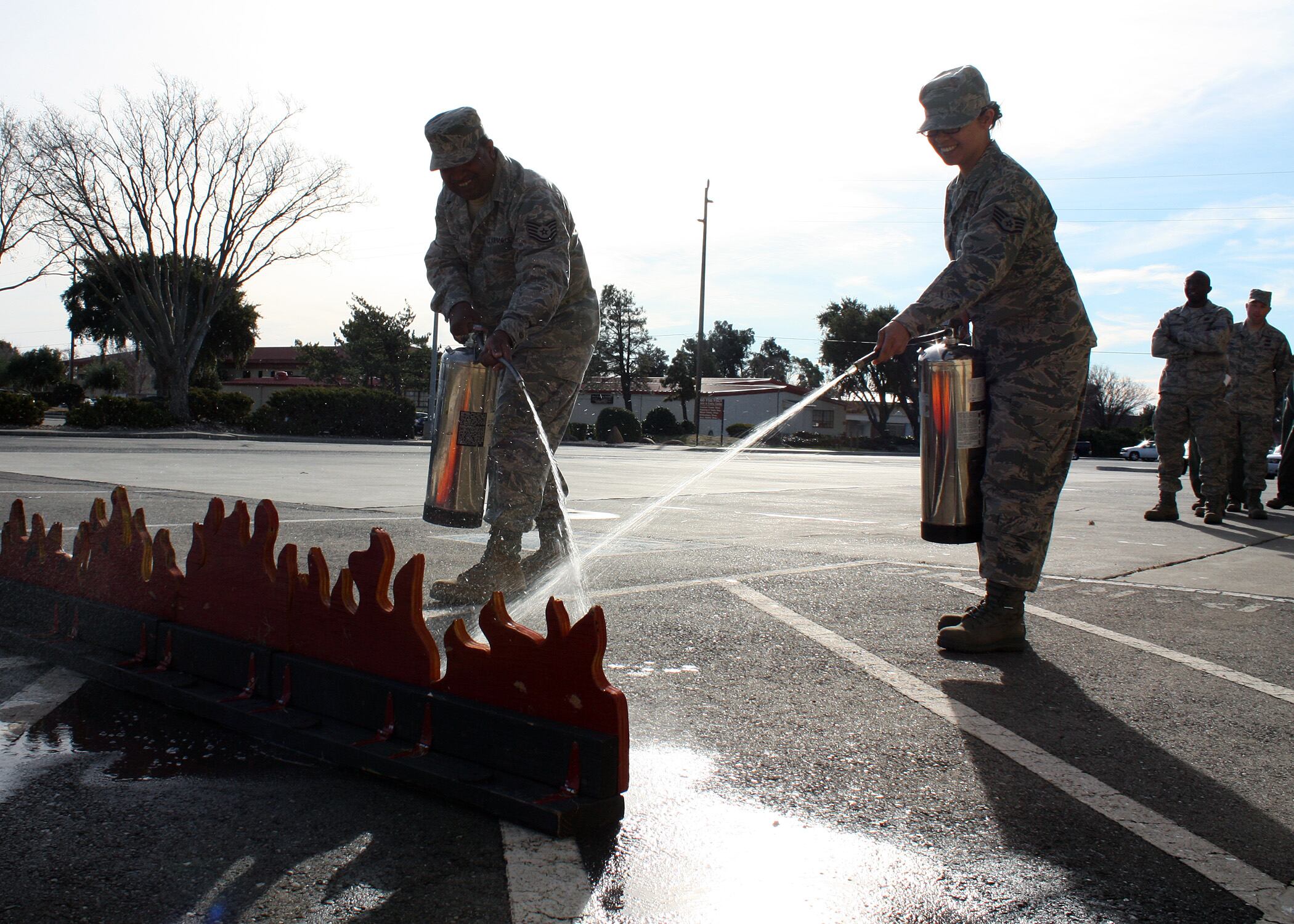The Air Force’s war on red tape has gone on so long that the service has moved beyond measuring revoked rules in mere pages. It’s now using a scale.
In an April 19 memo, Air Force Secretary Heather Wilson, Chief of Staff Gen. Dave Goldfein and Chief Master Sergeant of the Air Force Kaleth Wright said that 20 months into the two-year effort to root out so-called “queep,” all the unnecessary rules and regulations, the service has outright scrapped 328 publications and revised 450 more.
And when all those eliminated publications are stacked up, they tip the scales at 75 pounds, the memo said. That’s about as much as an 11-year-old child or a large dog.
Stars and Stripes first reported the memo on Tuesday.
The pile of ditched or revised rules is only going to grow, the memo said. There are 719 publications remaining, and more than 180 of those are already earmarked for the shredder. By September, the Air Force expects to have eliminated about 30 percent of all publications, according to a chart accompanying the memo.
Cutting those rules will help airmen by eliminating unnecessary tasks, reducing inspection checklist items, removing duplicative instructions and eliminating conflicting guidance. The authority to make decisions is being pushed down to the lowest level, the memo said, and waiver authorities have been streamlined to be less cumbersome.
Wilson unveiled her plan to cut out burdensome, duplicative or downright pointless rules and regulations in August 2017. At the time, she said about 40 percent of the roughly 1,300 Air Force instructions were outdated and inconsistent, and trying to follow — or even keep track of — all of them was driving airmen nuts.
“There are more AFIs than we need,” Wilson said in 2017. “Let’s not tell airmen how to do everything. Let’s tell them what to do and let them surprise us with their ingenuity.”

Wilson’s predecessor, Deborah Lee James, and Goldfein started working on cutting out queep in fall 2016, when the service started cutting unnecessary training courses. That early effort studied 42 training courses, some of which were required annually, cut out 15 entirely and streamlined or consolidated 16 more.
In the recent memo, Air Force leaders promised they won’t let this problem creep back in over time. The Air Force is creating a new process for publishing rules that is based on airmen’s input, lessons learned from the current rules review and best practices learned from industry.
RELATED

Wilson, Goldfein and Wright said they are committed to creating a culture where execution of the mission is “decentralized,” or “providing you the freedom to accomplish your mission.”
“The end result will provide rapid user feedback and publication updates, ensuring current and accurate information needed to empower your judgment and get the mission done,” the memo said. “We trust you to take the initiative. Press on ... don’t wait for us!”
Some of the rules eliminated by the Air Force have been absurd. In an August 2018 interview, Wilson said the silliest rule she’d seen was one that required a four-star general to approve a waiver for a regulation governing when a wing commander can give airmen keys to the gym.
The rules required firefighters with years of experience to waste their time taking an online course to make sure they knew how to use a simple fire extinguisher. The Air Force has also sought to give squadron commanders and senior noncommissioned officers more power to decide when training isn’t necessary and tailor it to how airmen learn when it is needed.
“It’s annoying to airmen,” Wilson said in August 2018. “They’re inconsistent, there’s all kinds of problems in them.”
A year ago, U.S. Air Forces Central Command slashed the paperwork and computer-based training it required before airmen deployed to the Middle East.
But the servicewide effort is more important than just cutting out annoyances or time-wasters, Wilson said last year. The Air Force needs to show airmen it trusts them enough not to micromanage every small decision they make.
“If we are really going to shift to be ready for a high-end fight [with a major power such as China or North Korea] — where we have to deploy, disperse [with] imperfect command and control, intermittent communications — if that’s the fight we have to prepare for, then we have to treat airmen that way in peacetime. And that means centralized mission direction and decentralized execution.”
Stephen Losey is the air warfare reporter for Defense News. He previously covered leadership and personnel issues at Air Force Times, and the Pentagon, special operations and air warfare at Military.com. He has traveled to the Middle East to cover U.S. Air Force operations.




